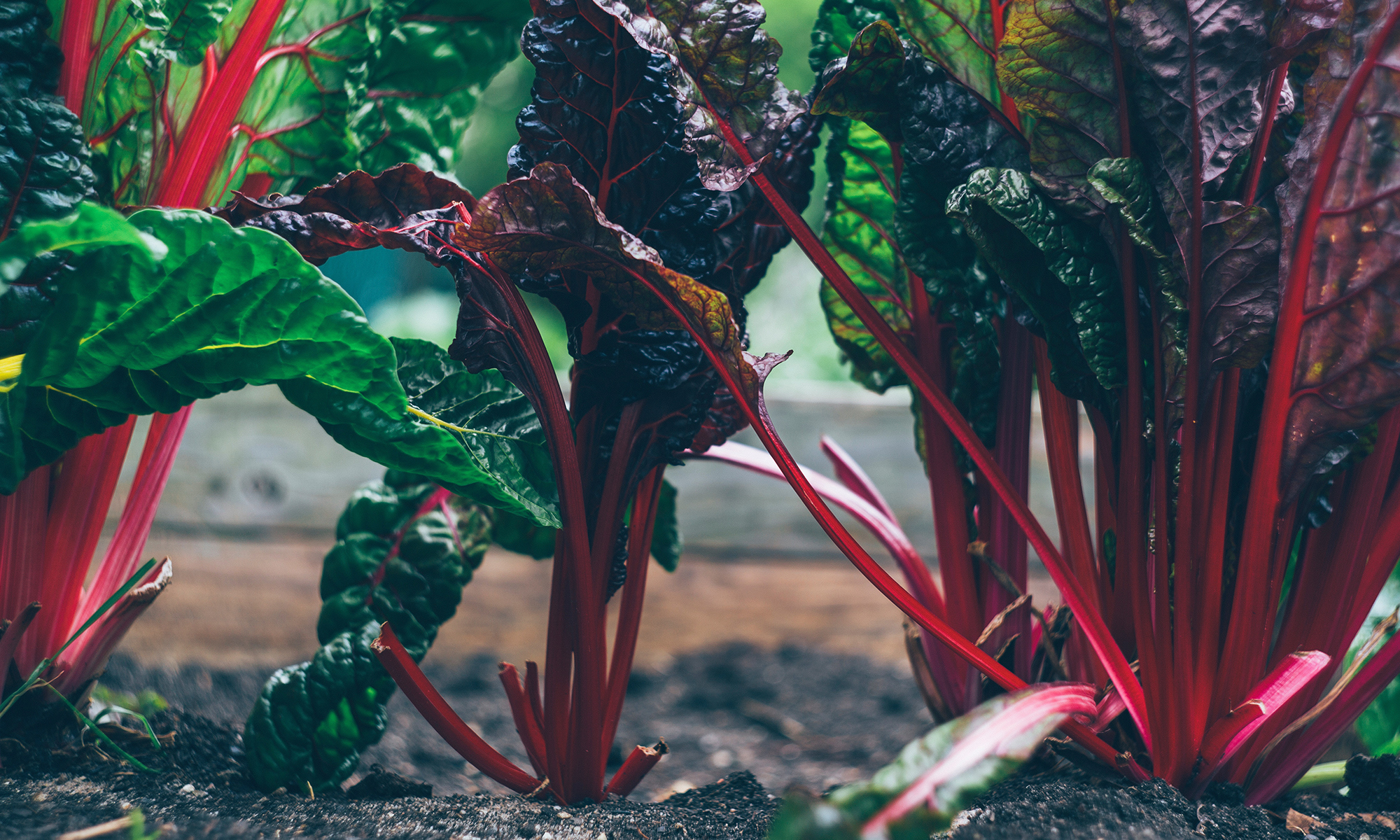 I’ve been thinking about chicken with honey/mustard/tarragon sauce for a while; I hadn’t made it in years. With the tarragon in full bloom in the garden and plenty of snow peas, which also pair beautifully with the soft, anise flavor of tarragon, it seemed like the perfect time to resurrect this dish.
I’ve been thinking about chicken with honey/mustard/tarragon sauce for a while; I hadn’t made it in years. With the tarragon in full bloom in the garden and plenty of snow peas, which also pair beautifully with the soft, anise flavor of tarragon, it seemed like the perfect time to resurrect this dish.
Tarragon is a perennial herb, meaning that the plant regrows every year. Basil, in contrast, is an annual and needs to be replanted every year. But tarragon's perennial status, does not guarantee success. I’ve had to start a new tarragon plant almost every year.
The first mistake I made in growing tarragon is that I didn’t mark where it was. In early spring, when I started cleaning the garden, turning the soil and mixing in compost, I turned over the patch where the tarragon was… killing the plant. The next year, I did not harvest it correctly, and also killed it.
By some miracle, last year, a little fledgling sprout of tarragon, not more than 2 inches high with leaves just the size of thyme, appeared in the tomato bed. I let it stay there, develop a root structure and suck whatever nutrients it needed from the soil. By late August, I moved it near the compost bin, in a place I knew I could remember. This year it came back, robust as ever.
At the base of the plant are tough stalks that shoot off more tender stalks and leaves. When harvesting, only cut the tender, upper sprig. If you cut the base stalks, you doom the plant to "annual" status.
Chicken with Honey-Tarragon Sauce and Snow Peas
Veal stock has more gelatin and body than chicken stock. When reduced, it thickens and turns velvety on the palate. I don’t normally have veal stock in the house, but since I made osso buco a few weeks ago, I strained the extra braising liquid, called it stock and tossed it in the freezer. I used this stock for my sauce, creating a luscious sauce that you’ll want to sop up with bread or anything else you can get your hands on.
4 chicken breasts, boneless, skin on
1 bunch tarragon, chopped
1 tsp. mustard
1 large shallot, minced
1/4 cup white wine
1 cup veal or chicken stock
1 tbs. honey
4 tbs. butter
1 tbs. plain oil
½ pound snow peas
salt and pepper to taste
1. Season chicken with salt and pepper.
2. Heat a large sauté pan with oil. Add chicken, skin side down. Cook on high heat for 4 minutes, or until the skin crisps and turns golden brown. Turn over. Add shallots, mustard, white wine, 1/2 of tarragon and honey. Reduce heat to simmer, add stock and continue cooking for 10 minutes or until chicken is almost done.
3. Remove chicken from pan and swirl in 3 tablespoons of butter. Adjust seasoning with salt and pepper. Set aside.
4. In a small skillet, melt the remaining tablespoon of butter. Add the snow peas and cook for 30 seconds, or until they turn bright green. Toss in remaining tarragon.
5. Slice chicken and serve with sauce and snow peas. If you’d like, pour the sauce through a strainer before serving for a more refined texture.
